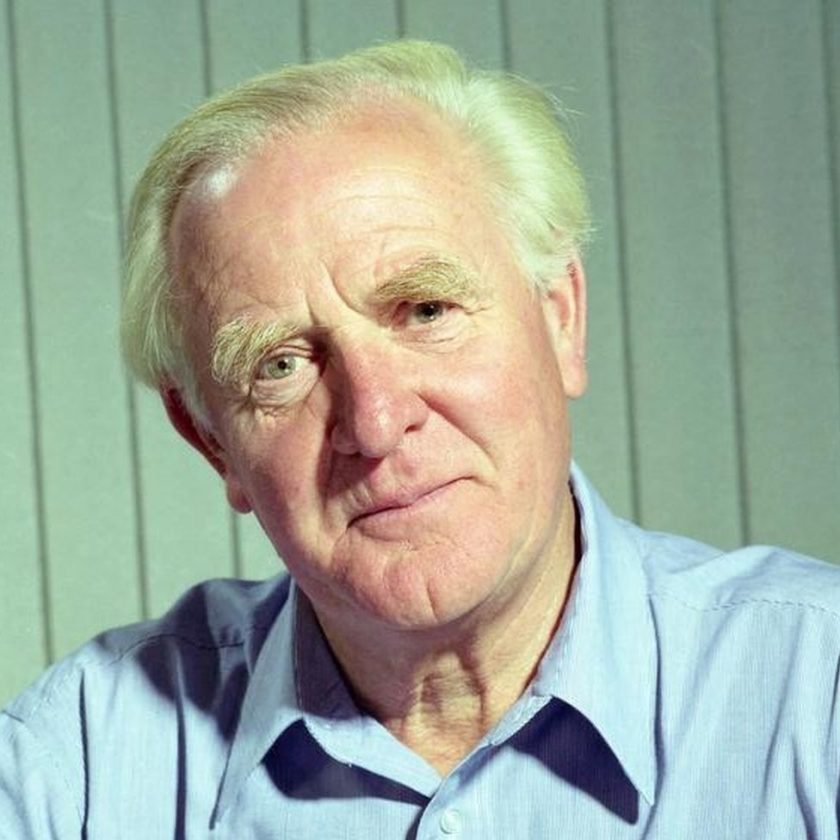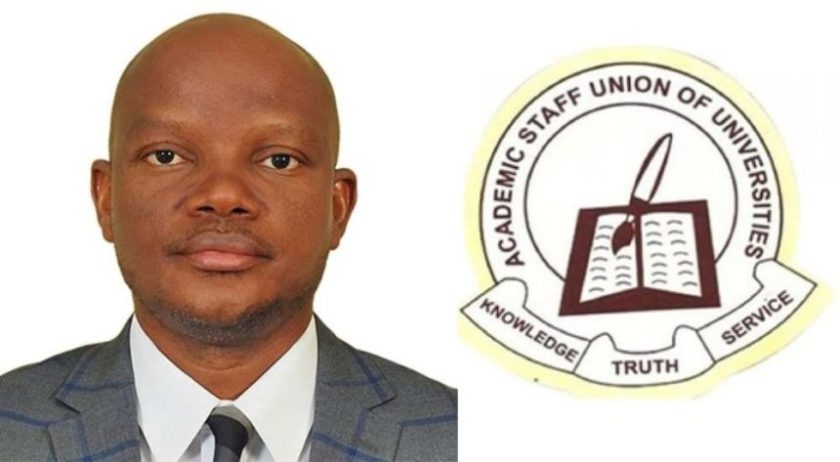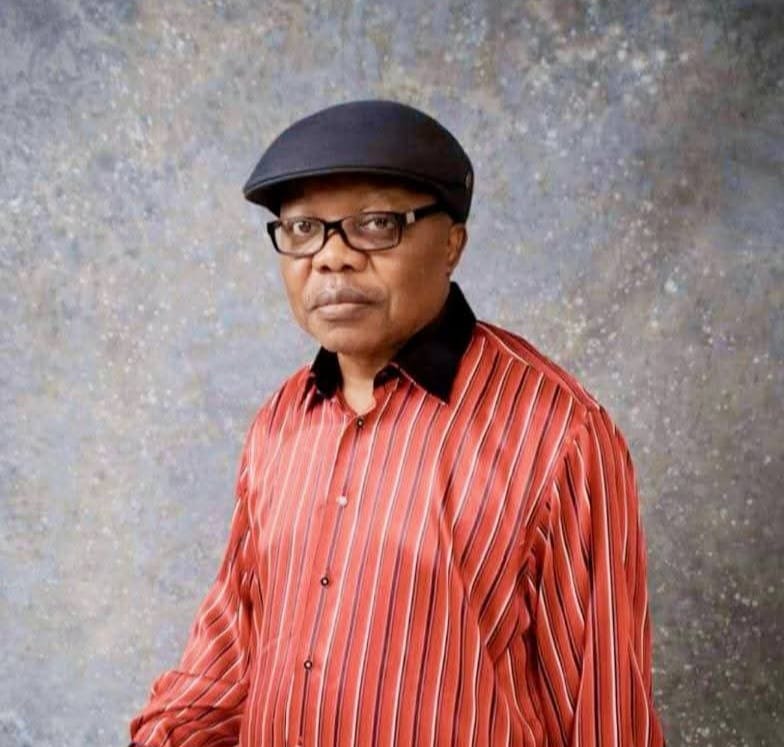British author David John Moore Cornwell better known as John le Carré, whose exquisitely nuanced, intricately plotted Cold War thrillers elevated the spy novel to high art by presenting both Western and Soviet spies as morally compromised cogs in a rotten system full of treachery, betrayal and personal tragedy, died on Saturday in Cornwall, England. He was 89.
The cause was pneumonia, his publisher, Penguin Random House, said on Sunday.
Before Mr. le Carré published his best-selling 1963 novel “The Spy Who Came in From the Cold,” which Graham Greene called “the best spy story I have ever read,” the fictional model for the modern British spy was Ian Fleming’s James Bond — suave, urbane, devoted to queen and country. With his impeccable talent for getting out of trouble while getting women into bed, Bond fed the myth of spying as a glamorous, exciting romp.
Mr. Le Carré upended that notion with books that portrayed British intelligence operations as cesspools of ambiguity in which right and wrong are too close to call and in which it is rarely obvious whether the ends, even if the ends are clear, justify the means.

Led by his greatest creation, the plump, ill-dressed, unhappy, brilliant, relentless George Smiley, Mr. le Carré’s spies are lonely, disillusioned men whose work is driven by budget troubles, bureaucratic power plays and the opaque machinations of politicians — men who are as likely to be betrayed by colleagues and lovers as by the enemy.
Smiley has a counterpart in the Russian master spy Karla, his opposite in ideology but equal in almost all else, an opponent he studies as intimately as a lover studies his beloved. The end of “Smiley’s People,” the last in a series known as the Karla Trilogy, brings them together in a stunning denouement that is as much about human frailty and the deep loss that comes with winning as it is about anything.
“Thematically, le Carré’s true subject is not spying,” Timothy Garton Ash wrote in The New Yorker in 1999. “It is the endlessly deceptive maze of human relations: the betrayal that is a kind of love, the lie that is a sort of truth, good men serving bad causes and bad men serving good.”
Some critics took Mr. le Carré’s message to be that the two systems, East and West, were moral equivalents, both equally bad. But he did not believe that. “There is a big difference in working for the West and working for a totalitarian state,” he told an interviewer, referring to his own work as a spy in the 1950s and early ’60s.
Mr. le Carré refused to allow his books to be entered for literary prizes. But many critics considered his books literature of the first rank.
“I think he has easily burst out of being a genre writer and will be remembered as perhaps the most significant novelist of the second half of the 20th century in Britain,” the author Ian McEwan told the British newspaper The Telegraph in 2013, adding that he has “charted our decline and recorded the nature of our bureaucracies like no one else has.”
Mr. le Carré’s own youthful experience as a British agent, along with his thorough field research as a writer, gave his novels the stamp of authority. But he used reality as a starting-off point to create an indelible fictional world.
In his books, the Secret Intelligence Service, otherwise known as M.I.6., was the “Circus,” agents were “joes,” operations involving seduction were “honeytraps” and agents deeply embedded inside the enemy were “moles,” a word he is credited with bringing into wide use if not inventing it. Such expressions were taken up by real British spies to describe their work, much as the Mafia absorbed the language of “The Godfather” into their mythology.
“As much as in Tolkien, Wodehouse, Chandler or even Jane Austen, this closed world is a whole world,” the critic Boyd Tonkin wrote in The Independent. “Via the British ‘Circus’ and its Soviet counterpart, Le Carré created a laboratory of human nature; a test-track where the innate fractures of the heart and mind could be driven to destruction.”
In a career spanning more than a half-century, Mr. le Carré wrote more than two-dozen books and set them as far afield as Rwanda, Chechnya, Turkey, the Caribbean and Southeast Asia. He addressed topics as diverse as the power of pharmaceutical companies, the Arab-Israeli conflict and — after the Berlin Wall fell and his novels became more polemical, and he became more politicized — American and British human-rights excesses in countering terrorism.
If he had political points to make, and he increasingly did, he still gift-wrapped them with elegant, complicated plots and dead-on descriptions; he could paint a whole character in a single sentence. He was a best seller many times over, and at least a half dozen of his novels — including “A Perfect Spy” (1986), which Philip Roth pronounced “the best English novel since the war” — can be considered classics. But he will always be best known for his Cold War novels, a perfect match of author and subject.
Source: New York Times




